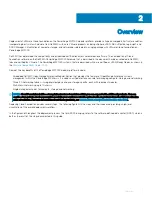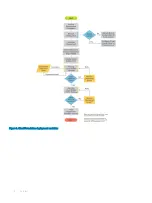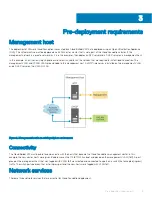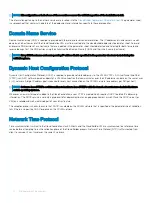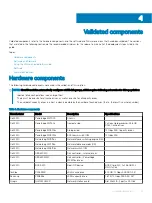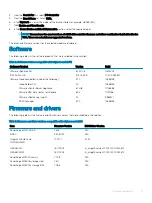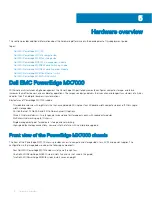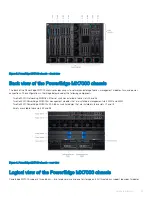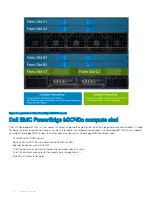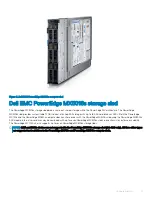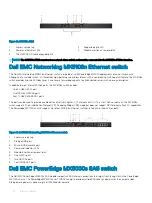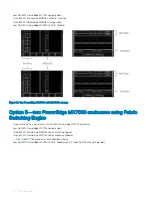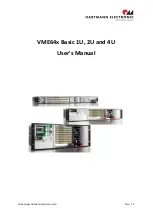
NOTE:
Misconfiguration or lack of one of these services causes the validation portion of the installation to fail.
The information pertaining to the network services are inserted into the
Cloud Builder Deployment Parameter Sheet
. The parameter sheet
is a spreadsheet that contains the details of the deployment and information specific to these prerequisites.
Domain Name Service
Domain Name Service (DNS) is required to provide both forward and reverse name resolution. The IP addresses of name servers, search
domains, and hostnames of all the Cloud Foundation VMs must be inserted into the cloud builder deployment parameter sheet. Forward
and reverse DNS entries of any hostname that are indicated in the parameter sheet should be tested and retested for both forward and
reverse lookups. Test the DNS entries using their Fully Qualified Domain Name (FQDN) and their short name (hostname).
NOTE:
Every DNS hostname and corresponding IP address that is specified in the parameter sheet are tested during the
validation phase.
Dynamic Host Configuration Protocol
Dynamic Host Configuration Protocol (DHCP) is required to provide network addresses to the VXLAN VTEPs. A Virtual Tunnel End Point
(VTEP) is an NSX, software-based endpoint of a VXLAN connection that communicates over their IP addresses and are on the same Layer
2 (L2) network. A large IP address pool is required for every host connection on the VXLAN network (one address per NIC per host).
NOTE:
Software-based VTEPs could transition to hardware-based VTEPs with the launch of new features included in future
switch operating systems.
Whenever a new cluster node is added to the Cloud Foundation, a new VTEP is created which requires DHCP to obtain IP addressing
information. The DHCP service is not only a prerequisite for deployment but an ongoing requirement as well. Place the DHCP server (or
VM) on a reliable and well-maintained part of your infrastructure.
The validation process checks to ensure that DHCP is available on the VXLAN network that is specified in the parameter sheet. Validation
fails if there is no positive DHCP response on the VXLAN network.
Network Time Protocol
Time synchronization is critical to the Cloud Foundation stack. All hosts and the Cloud Builder VM are synchronized to a reference time
source before attempting to run the validation phase of the Cloud Builder process. Network Time Protocol (NTP) traffic is routed from
client to source or it can travel over the same L2 network.
10
Pre-deployment requirements
Summary of Contents for PowerEdge MX7000
Page 1: ...Dell EMC VMware Cloud Foundation for PowerEdge MX7000 Deployment Guide ...
Page 8: ...Figure 1 Cloud Foundation deployment workflow 8 Overview ...
Page 27: ...Figure 19 Dual PowerEdge MX7000 enclosure configuration Physical layout 27 ...
Page 29: ...Figure 20 MX9002m Management module cabling Physical layout 29 ...
Page 30: ...Figure 21 Connectivity between FSE modules and FEM modules 30 Physical layout ...
Page 31: ...Figure 22 Uplinks to customer network environment Physical layout 31 ...
Page 42: ...Figure 25 MX9002m Management Module cabling 42 Networking requirements ...
Page 43: ...Figure 26 Connectivity between FSE modules and FEM modules Networking requirements 43 ...
Page 44: ...Figure 27 Uplinks to customer network environment 44 Networking requirements ...







